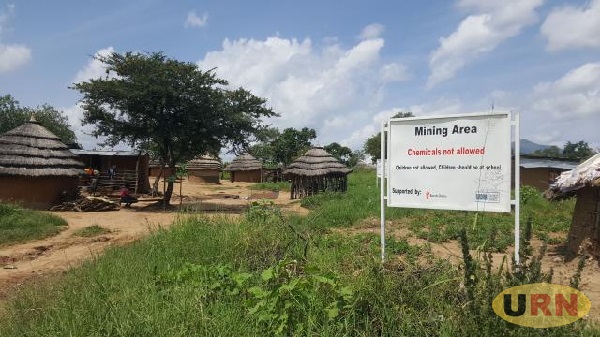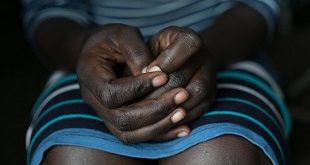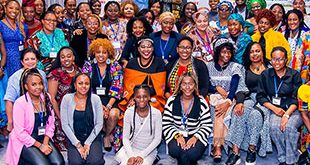
Moroto, Uganda | THE INDEPENDENT | At least 1723 children have been withdrawn from mining areas in Moroto and Nakapiripirit districts since 2019.
The Karamoja sub-region has long struggled with high rates of child labor among children aged 7 to 16, with many coming from child-headed families.
To address this issue, Save the Children Organization, in partnership with Hivos, Uganda National Teacher’s Union (UNATU), Nascent Research and Development Organization (NRDO), and Environmental Women in Action and Development (EWAD), introduced a five-year project called “Work No Child Business.”
Launched in 2019, the project targets children aged 5-13 and 14-18, offering alternative education, skilling opportunities, and promoting household livelihoods.
Caroline Kharono, the Meal Coordinator for the Work No Child program in Moroto, stated that children removed from mining sites underwent mentorship sessions before being enrolled in formal education and community-based skilling programs.
Kharono emphasized the project’s goal of freeing children and youth from child labor and ensuring their right to quality education and decent work. She noted the importance of the private sector’s role in preventing and addressing child labor.
According to Kharono, over 217 youths were enrolled in community-based skilling, with at least 151 completing the program. These youths were then organized into groups and given a seed fund of approximately 5 million shillings each to start their enterprises.
The project also formed Child Protection Committees, which include children, teachers, parents, district officials, parasocial workers, and duty bearers to enforce laws against child labor. Despite its successes, Kharono highlighted challenges such as insecurity, poverty, hunger, and negative attitudes towards education, which hindered the project’s efforts to remove children from the mines completely.
She noted that many children had become breadwinners for their families, making their withdrawal from mining sites a serious crisis, as they often returned. The project is partnering with district officials to find better solutions to prevent children from returning to mining.
Kevin Aleper, a child withdrawn from the mines, shared her experience of carrying stones to earn money for food and basic needs, receiving between 500 and 2,000 shillings per day. She was later picked up by Save the Children and learned tailoring skills, which enabled her to support her family.
Emmanuel Elungat, another youth who left the Nanyidik mining site, highlighted poverty and hunger as major factors driving child labor. Since being enrolled in carpentry skilling, his life has improved significantly. Elungat now earns more through decent work, such as roofing and making furniture, and aspires to become an engineer through his carpentry work.
John Okiria, another youth withdrawn from the Rupa quarrying site, urged local leaders and partners to join hands in fighting child labor. He recalled the hardships faced in mining areas and expressed gratitude for the opportunities provided by the project.
William Lochodo, the Moroto District Senior Probation and Welfare Officer, praised the “Work No Child Business” project for its efforts in withdrawing children from the mines, a task that had been challenging for district authorities due to inadequate resources.
Lochodo noted that miners have started to appreciate children’s rights, thanks to the project’s interventions. He urged partners to lobby for an extension of the project to completely remove children from the mines, especially in areas not yet covered.
Sisto Lokiru, the vice chairperson of the Child Protection Committee at the Kosiroi mining area, mentioned ongoing community sensitization efforts to stop child labor. This has led to a positive mindset change, with more children staying in school instead of working in mines.
Mining companies like Tororo Cement have supported these efforts by providing scholastic materials. Lokiru added that training by Save the Children on child protection has equipped the community with knowledge on how to fight child labor and understand child protection laws.
He called for partners to sponsor children withdrawn from the mines to further their education beyond the primary level.
****
URN
 The Independent Uganda: You get the Truth we Pay the Price
The Independent Uganda: You get the Truth we Pay the Price



